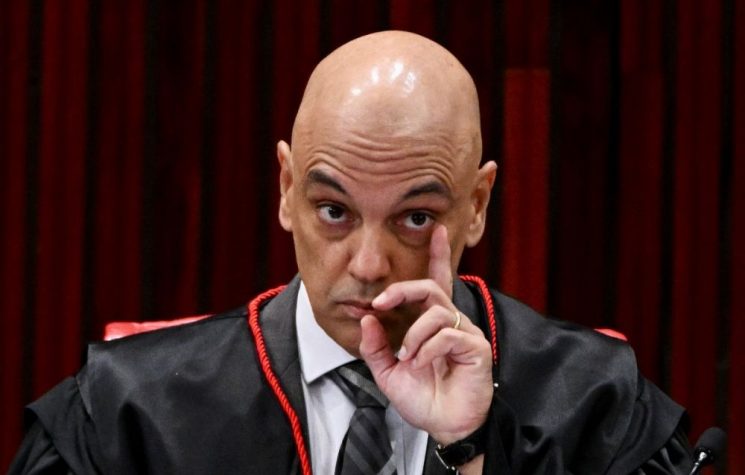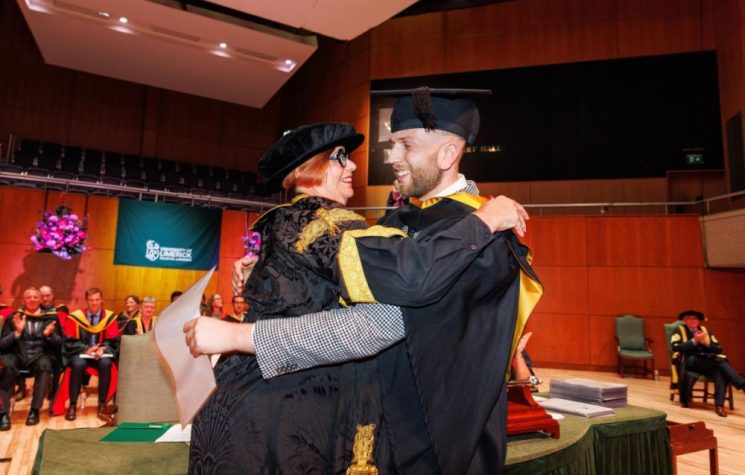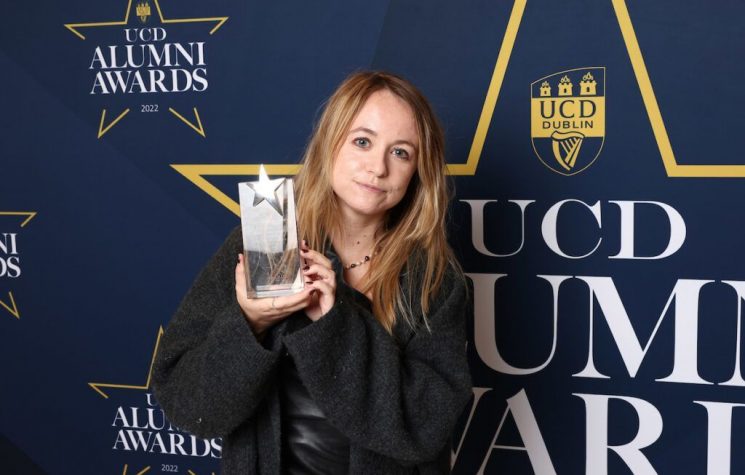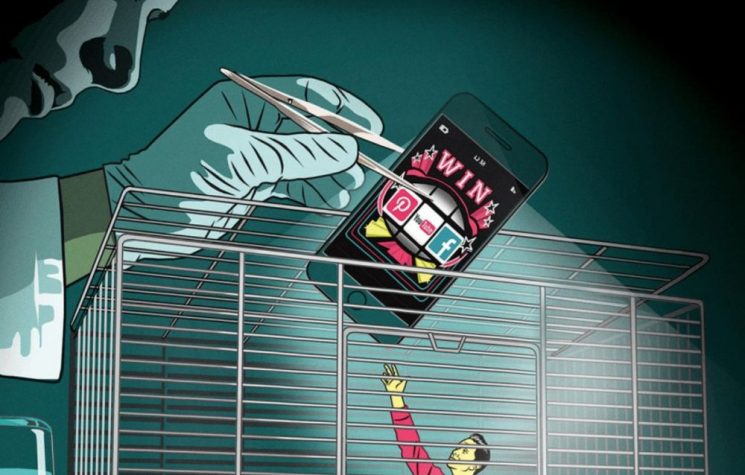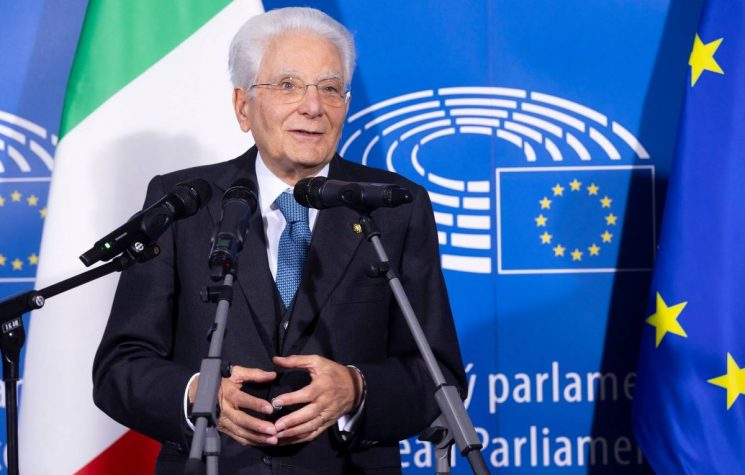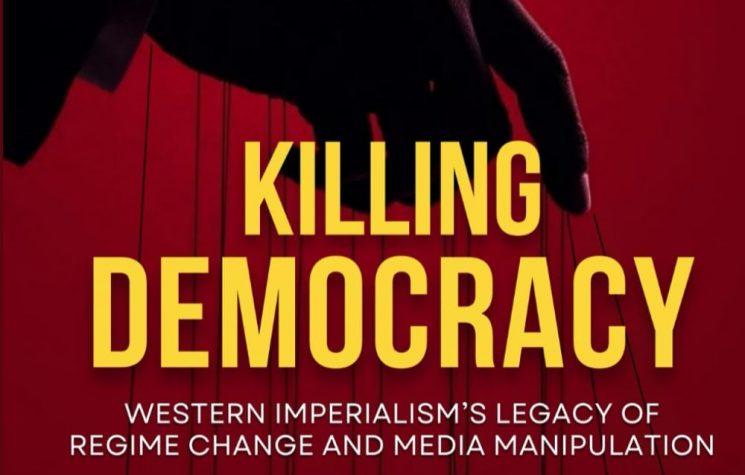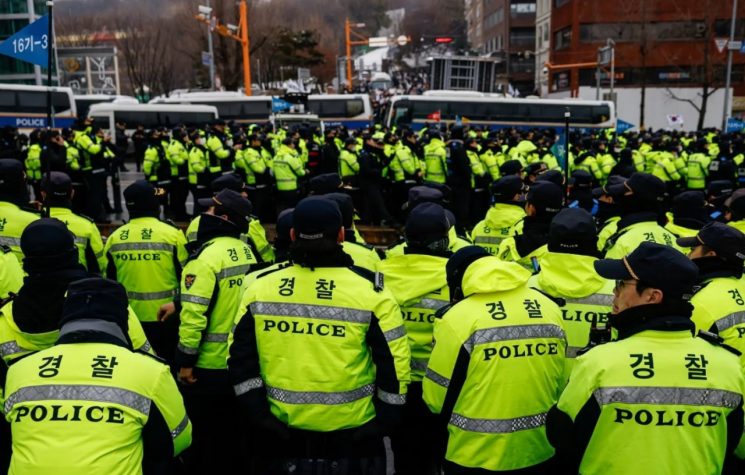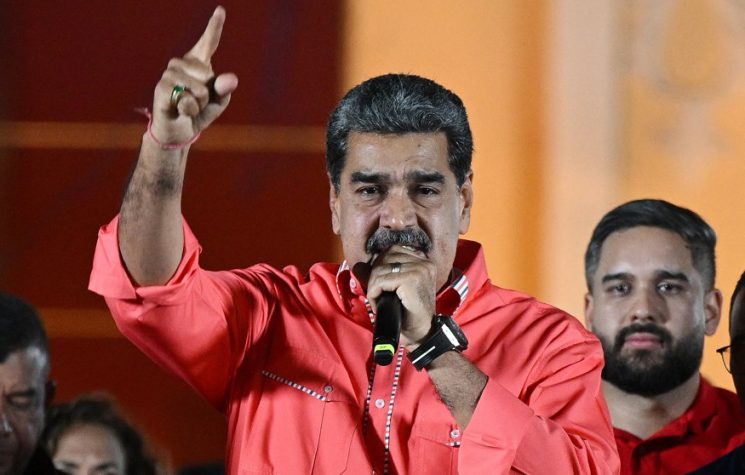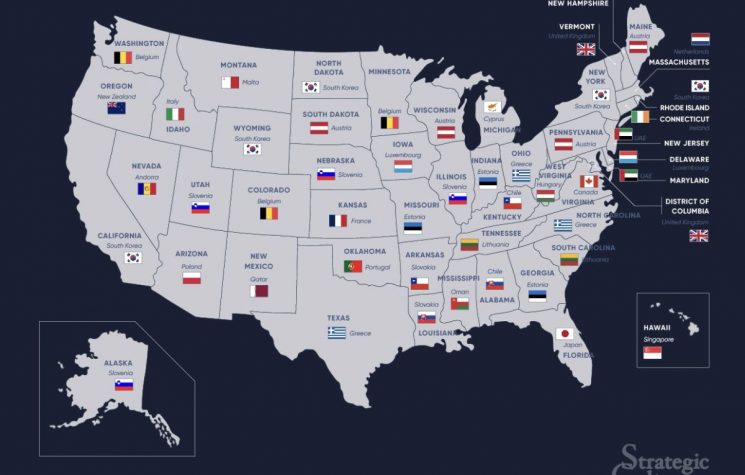The dumbing down of universities throughout the West likely stems from a 2002 American management model, which devalues both the professor and the production of knowledge.
Join us on Telegram![]() , Twitter
, Twitter![]() , and VK
, and VK![]() .
.
Contact us: info@strategic-culture.su
It is undeniable that, throughout the West, there has been a dumbing down of those institutions that should value the preservation and advancement of knowledge: universities. On the Right in general, and in sectors of the old Left, this dumbing down is often explained by the institutions’ embrace of wokeism, which replaces knowledge production with the most futile and performative activism. Furthermore, knowledge matters less than the identity attributes of the people who might produce it. Universities are no longer expected to produce a cure for cancer; instead, they are required to employ lesbian trans women and disabled nonbinary Blacks.
Critics would do well to note that wokeism is an ideology promoted by the financial market, which creates ESG parameters and tables to evaluate companies based on their adherence to wokeism and green agenda. Not having a female CEO, or not buying Elon Musk’s electric cars, can become a pretext for devaluing a company’s stock or denying it cheap credit.
Thus, the article “How Business Metrics Broke the University,” by American professor Hollis Robbins, is very timely because it shows the fingerprint of market logic on the woke university.
According to her, “addressing the hyper-politicization of academia must […] start with a recognition that metrics-based centralized planning nurtured this tendency in the first place. While other factors played a role, the centralized university became an incubator for ideological extremism above all because its structural design makes students into customers and incentivizes faculty to seek visibility through controversy rather than through traditional scholarly achievement.”
It wasn’t a spontaneous trend. There was a plan and a mentor: “The most visible leader of the centralization movement was Arizona State University President Michael Crow, who first articulated his model for a ‘New American University’ when he took the helm in 2002. His ‘reinvention’ and ‘transformation’ involved breaking down disciplinary ‘silos’ to put students before faculty and ‘impact’ before everything else. […] What this meant in practice was weakening departmental autonomy, dissolving disciplinary governance, and giving centralized administration the power to determine hiring, research priorities, and academic structures. As Crow explained in a retrospective survey of his achievements at ASU: ‘We have been transformed from a faculty-centric institution to a student-centric institution—that is, the purpose of the institution is to serve the student and to enhance outcomes in the community, not just to provide a place for the faculty to be great academics, or scientists, or creators.’ Under the banner of ‘access for all’ and ‘societal impact,’ power was stripped from academic departments, disciplines were collapsed into massive interdisciplinary schools, and faculty were sidelined.”
As a Brazilian, reading these lines shocked me a bit, because the process of centralization of Brazilian universities that occurred during Lula’s second term was presented by one of its creators (Rector Naomar de Almeida) under the name of New University in 2007. This would be the result of both the ideas of Brazilian educator Anísio Teixeira and the Bologna Process. Nevertheless, I recognize the institutional process described in the Federal University of Bahia (my alma mater): the faculties and departments were attacked as places of “early specialization,” a problem to be combated through the creation of new interdisciplinary institutes, in addition to the possibility of students attending to whatever discipline they wanted – which resulted in students of the newly created interdisciplinary bachelor’s programs invading yoga classes of physical education courses. Ultimately, it was a copy of a model inaugurated in 2002 in the USA.
Furthermore, the entire restructuring of federal universities promoted by Minister Haddad (under the name Reuni) was accompanied by expansion (requiring both the creation of new institutions and courses and the need for more students per professor), the replacement of local entrance exams with a test that mimics the SAT (thus replacing indispensable memorized knowledge with something resembling an IQ test), and the makeshift adoption of affirmative action (Brazil ended up inventing racial tribunals to determine who is Black and eligible for places).
Concurrently, the ownership of profitable educational companies, such as the American Adtalem Global Education Inc., grew in the Brazilian market. The government financed them in two ways: either through the Prouni program, through which it paid students’ tuition, or through the Fies program, through which it granted special loans to students. In these cases, what contributed most to the dumbing down of society was not wokeism, but the inflation of diplomas and the decline in educational quality. Along with this expansion of the private sector, legislative changes occurred that allowed teachers to be replaced by recorded lectures.
Let’s return to the US. Regarding ideologization, Professor Robbins explains it through the demands of students, who are now seen as customers to be attracted by a brand. Furthermore, “tenured faculty spend more time responding to top-down reporting requirements, adjusting practices to comply with new syllabus standards and course delivery expectations. Centralized planning encourages the reliance on instructors on short-term contracts. The path of least resistance—and greatest job security—lies in siding with students and embracing ideological currents.”
From the description above, I recognize my professors complaining about the reports they had to submit to Brasília—especially in the postgraduate program, which also had to have many, many students to justify itself, so students were admitted even if they were only interested in receiving a research grant and postponing inevitable unemployment. The result was a horde of PhDs for few job openings—which, what’s more, were usually temporary, as in the US. The result was too many PhDs and too few jobs. Therefore, postgraduate students didn’t dare say anything outside the current ideology, fearing they would never pass the public exams that provide stable jobs and are administered by professors. Since the 2010s, wokeism has become the orthodoxy at public universities. The federal government adopted this fad and empowered its sycophants throughout Brazil. In Brazilian universities, then, wokism has more to do with the sycophancy of professors and aspiring professors than with student pressure. This confirms Professor Robbins’ explanation, as woke disturbances in the US, where teachers have less power, are much more severe than in Brazil (where nothing like the Evergreen affair has ever occurred, and physical violence is rare).
Professor Robbins also points out the effect of metrics on quality. First, there is pressure to pass students in order to favor these metrics – a well-known fact in Brazil, both in the public and private sectors. Besides, these metrics “favor large or online courses that can process hundreds of students simultaneously. Everyone knows that a 300-person lecture is more ‘efficient’ than twenty 15-person seminars, regardless of pedagogical quality. In smaller seminars, extreme positions face questioning and discussion from peers and professors. There’s little opportunity for dialogue or intellectual give-and-take in a lecture or online format. A charismatic lecturer can present edgy viewpoints to hundreds of students at once, with no meaningful opportunity for debate. The metrics will show high enrollment and efficient resource utilization.”
Here we have the same problems as Brazilian private universities during the expansion era, except for the charismatic professor achieving celebrity status—because in Brazil, public universities are still the most sought-after, and there are no classes with 300 students. However, the phenomenon of charismatic professors is also beginning to make an appearance here, with initiatives like Faculdade Mar Atlântico, owned by a right-wing Instagrammer, and the postgraduate programs sold by ICL, a leftist digital marketing platform. The world of coaches intersects, online, with that of university diplomas. Let’s see if it sticks.
Well, what we can conclude is that the dumbing down of universities throughout the West likely stems from a 2002 American management model, which devalues both the professor and the production of knowledge in favor of business metrics of “efficiency” that treat the student as a customers. I drew the parallel with Brazil, and foreign readers can certainly compare it with their home country.













